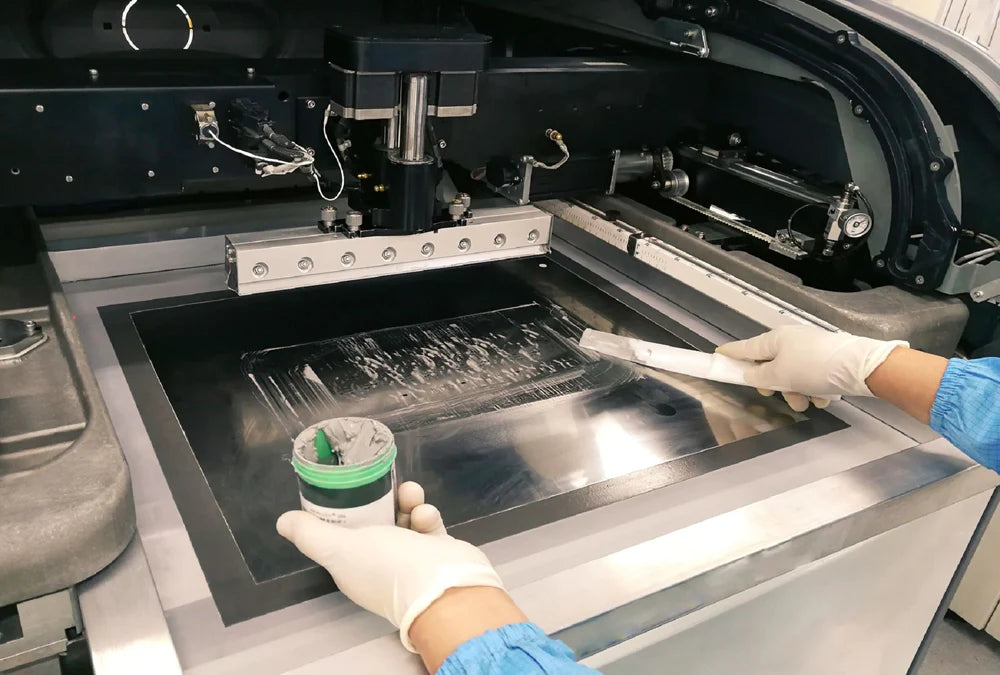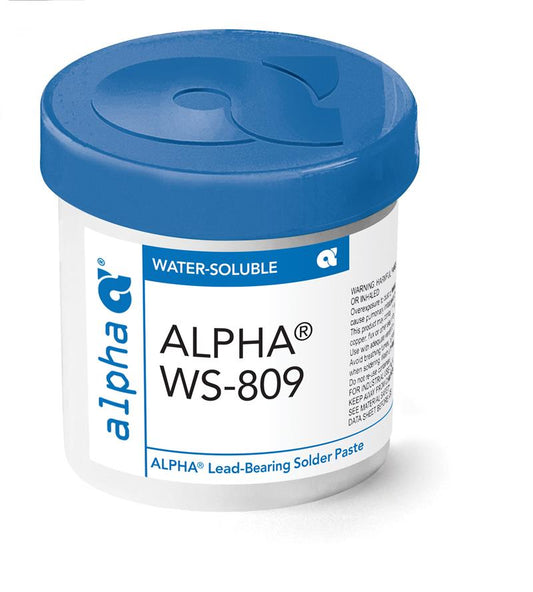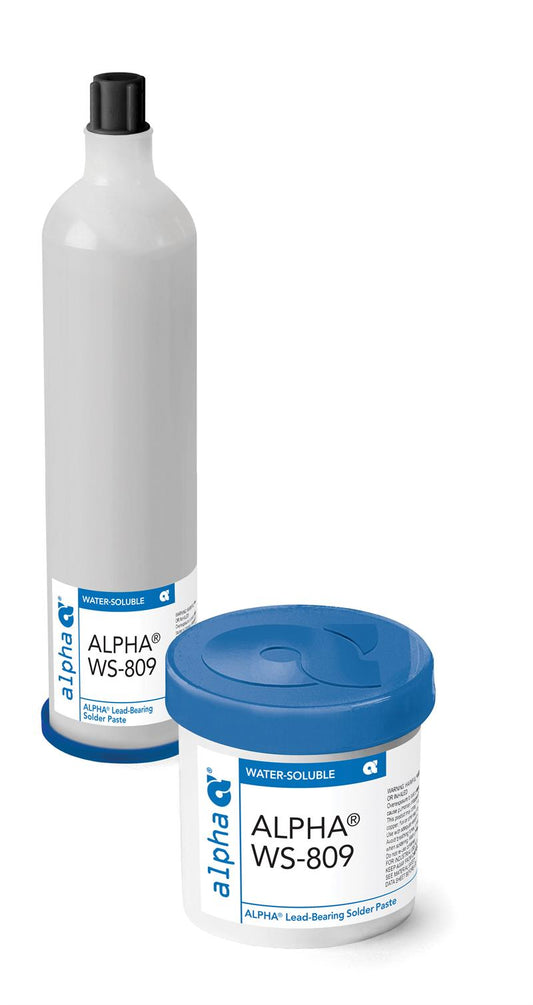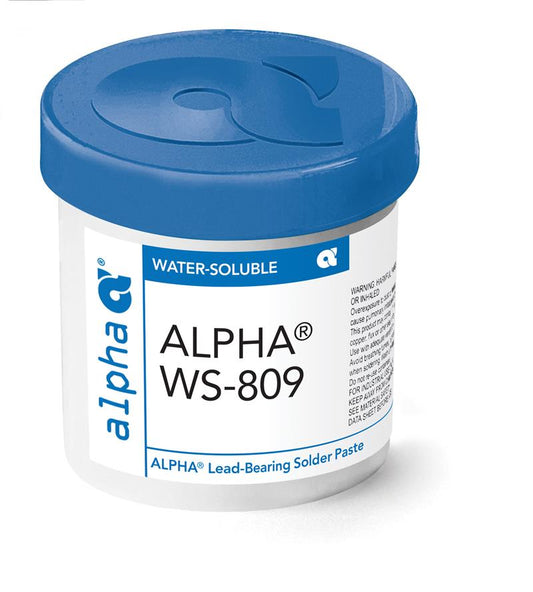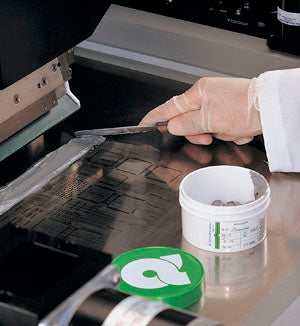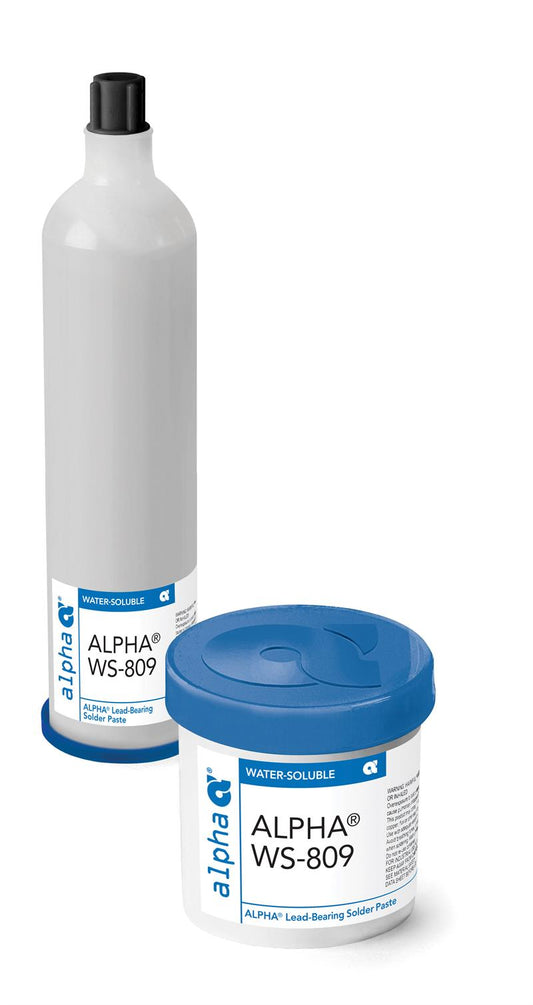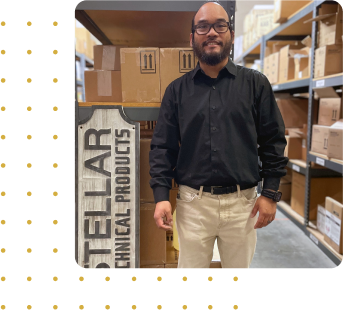Solder paste is a mixture of solder powder and flux used in surface mount technology (SMT) to connect electronic components to printed circuit boards (PCBs). Solder paste is typically applied to the PCB with the use of a stencil printer and the paste prevents the movement of the components after they are placed on a PCB.
Solder pastes are categorized based on their particle size distribution, which has a significant impact on their performance during the soldering process. The categories are determined by the IPC (Institute for Printed Circuits), and they help manufacturers select the right solder paste for specific applications.
Different categories of solder paste are designed to suit various applications and assembly processes. The categories will typically differ mainly in their particle sizes and their suitability for different types of electronic assemblies.
Solder paste offerings are classified into different categories based on the size of the solder powder. The size of the solder powder particles affects the properties of the solder paste, such as its spread ability, wetting ease, as well as its viscosity.
Below is an explanation of the differences between Categories 3 and 4 solder paste which are the most commonly used solder paste. Both category 3 and category 4 solder paste come in different alloy combinations including tin/lead, lead-free and water-soluble compositions.
Category 3 Solder Paste
Category 3 solder paste is the most common type of solder paste for SMT applications. It offers a good balance between printability, reflow characteristics, and solder joint integrity. Type 3 solder paste is typically used for applications where a moderate level of accuracy is required.
Category 3 solder paste also offers reliable bonding between PCBs and components and therefore ensures long-term circuit integrity and reduces the likelihood of cold joints.
Attributes:
Printability: Solder paste category 3 provides good print definition for components with larger pads and pitches. It offers flexibility across printing speeds ranging from 1”/sec (25 mm/s) to 6”/sec (150 mm/s) with stencil thicknesses of 5 mil (0.125 mm) to 6 mil (0.15 mm).
Wetting: With its exceptional wetting capabilities, this solder paste facilitates the reliable bond of components and PCBs, reducing the likelihood of cold joints and ensuring long-term circuit integrity.
Characteristics:
Particle Size: Category 3 solder paste has a medium particle size, usually falling within the range of 25 to 45 micron size.
Applications: Category 3 solder paste is extremely versatile and can be used for a variety of applications, including general SMT (surface mount technology) processes, fine-pitch components, and even some complex assemblies. It is also suitable for components with larger thermal mass and more forgiving alignment tolerances.

Solder paste being applied to PCB
Category 4 Solder Paste
Category 4 solder paste is specifically designed for fine-pitch printing. It has a smaller particle size than other types of solder paste which makes it easier to print through small apertures in stencils.
Category 4 solder paste is also formulated to have a higher transfer efficiency, meaning that more solder paste is deposited on the PCB for each pass of the stencil.
Category 4 solder paste is typically used for more demanding applications, such SMT assemblies with ultra-fine features. It produces strong and proficient solder joints.
Attributes:
Printability: Offers excellent printing objectives when a smaller stencil aperture is needed. Printing speed of 25 – 150 mm per second (1 – 6 inches per second) with stencils approximately 0.100mm - 0.150 mm (4-6mil) thick for 0.4 - 0.5 mm (0.016” or 0.020”) pitch.
Wetting: Provides superior coalescence and wetting performance.
Characteristics:
Particle Size: Category 4 solder paste is a coarse powder and tends to range from 20-38 microns.
Applications: Category 4 is used in applications that require ultra-fine pitch printing.
What are the main differences between category 3 and category 4 solder paste?
Type 3 solder paste is generally considered to be the industry standard that will work for most printing applications. The use of Type 4 is really only needed for particularly fine-feature printing, where the Type 4 will produce a stronger release and a more consistent volume deposit.
Another difference between Type 3 and Type 4 solder paste is that while switching to Type 4 might potentially print better, it can potentially lead to solder balls due to its smaller stencil and pad size..
And an additional distinction between category 3 and category 4 solder paste is the size of the solder powder. Category 3 solder paste has a larger average solder sphere diameter while category 4 solder paste has a smaller average solder sphere diameter.
Type 4 solder paste also gives higher transfer efficiency than Type 3 solder paste.
Below is a table that summarizes the key differences between SP3 and SP4 solder paste:
|
Solder Paste Category |
Solder Paste 3 |
Solder Paste 4 |
|
Particle Size |
25-45 microns |
20-38 microns |
|
Transfer Efficiency |
Lower |
Higher |
|
Applications |
General SMT applications |
Finer-pitch SMT applications |
|
Viscosity |
Less Viscous |
More Viscous |
|
Printability |
Less Fine Features |
Finer Features |
Category 4 solder paste is generally more expensive than Category 3 solder paste due to the additional processing required to produce the finer solder powder. Type 3 solder paste also has a longer shelf life than type 4 solder paste.
Which category of solder paste you choose depends on your specific needs. Make sure that the solder paste is professional grade and consult with the solder paste manufacturer or the company where you purchased your solder pastel
